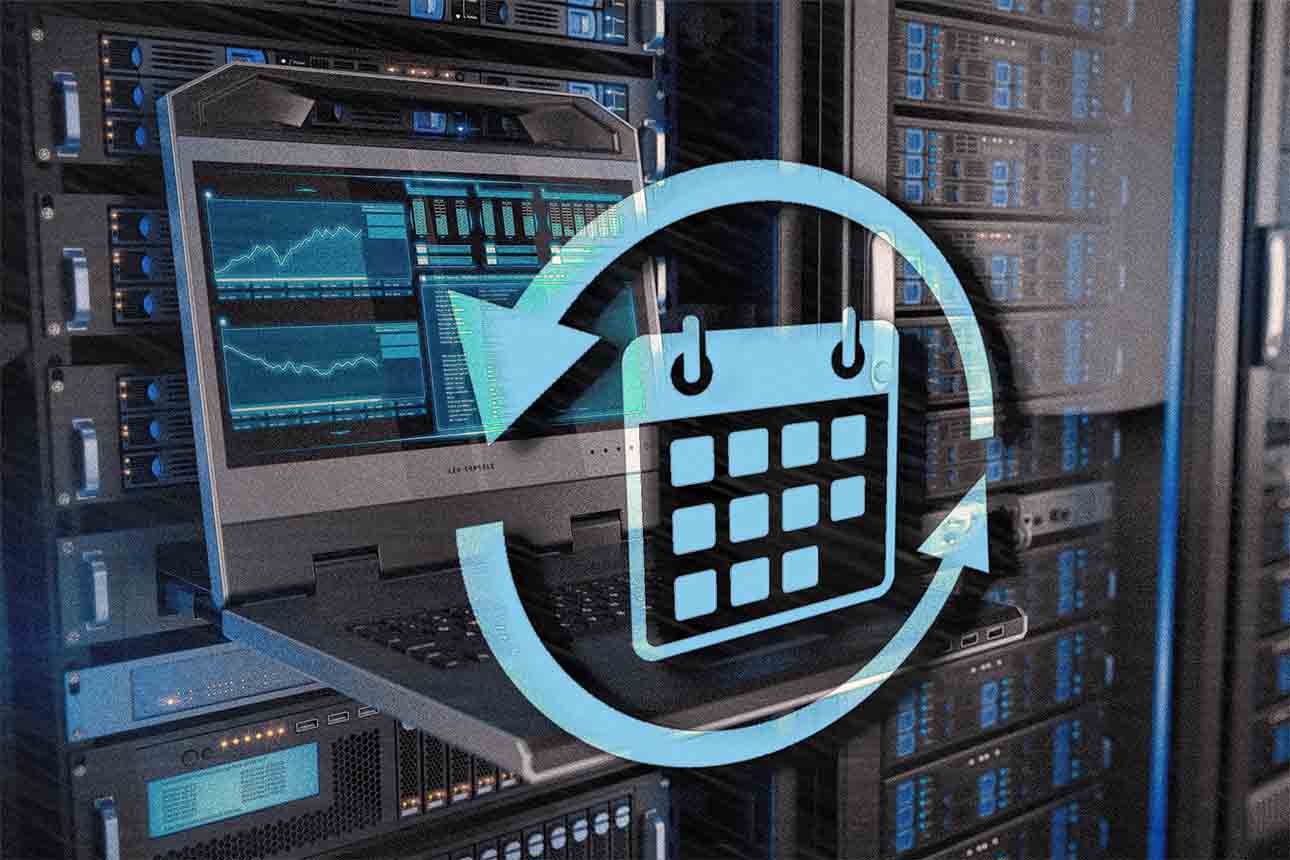AI will Drive Enterprises to Run Digital Infrastructure Using Subscription-Based Services by 2026
A new report says IT decision-makers are shifting away from long-term purchases of physical equipment
Topics
News
- UAE Approves National Encryption Policy for a Post-Quantum Shift
- OpenAI API Users Hit With Third-Party Security Breach
- Uber and WeRide Launch First Driverless Robotaxi Service Outside the U.S. and China
- UAE Unveils Its First Marketplace for Buying and Trading Trademarks
- ACI Flags Sharp Rise in ‘Friendly Fraud’ as Thanksgiving–Cyber Monday Spike Looms
- WhatsApp’s AI Clampdown to Send Microsoft Copilot Packing by Jan 2026

[Image source: Anvita Gupta/MITSMR Middle East]
In the current dynamic environment, the traditional procurement process of buying IT hardware is becoming a competitive disadvantage. At the same time, the increasing speed of hardware innovation, especially with GPU technologies, is putting pressure on the price-performance ratio and infrastructure efficiency for organizations.
In such a scenario, subscription-based models make it easier for organizations to build and scale a digital infrastructure capable of sustaining the business transformation resulting from AI, edge, and other technologies.
Reflecting the industry pattern, according to the Global Interconnection Index (GXI) 2024, by 2026, 80% of new enterprise digital infrastructure investment is forecast to be operated through a subscription-based model.
GXI predicts that to meet the ever-growing demands of data-dense technologies such as AI, 5G, and edge computing, IT decision-makers are increasingly shifting away from long-term purchases of physical equipment, such as servers, routers, and storage arrays in favor of flexible subscription-based models.
This shift from CAPEX to OPEX started with multi-cloud adoption but is now becoming the norm across all infrastructures out to the edge. It gives enterprises greater agility in architecting their infrastructure everywhere while ensuring access to the most efficient technologies.
Other key findings of the GXI 2024 are:
Digital economy continues to expand: Global interconnection bandwidth is forecast to grow at a 34% five-year compound annual growth rate (CAGR), reaching 33,578 terabits per second (Tbps) by 2026.
Accelerating the growth of ecosystems: Organizations are connecting with 30% more business partners in twice as many locations.
Digital proximity drives business at the edge: Edge infrastructure has shown the highest growth rate and is expected to expand over two times the core rate through 2026.
Keen to know how emerging technologies will impact your industry? MIT SMR Middle East will be hosting the second edition of NextTech Summit.





